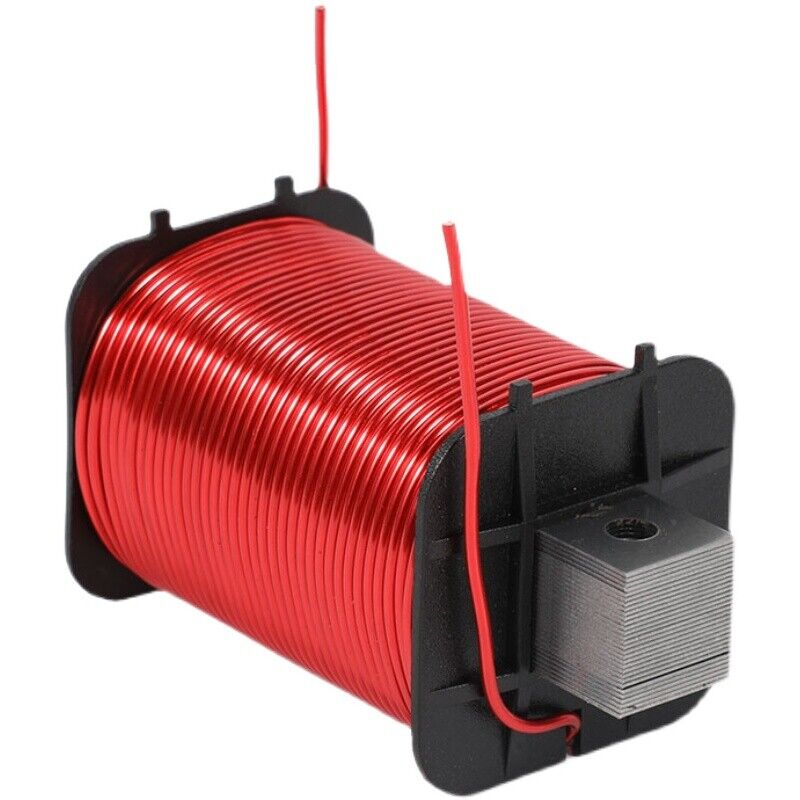
First of all, it is clear that the high-speed motor referred to below refers to a high-speed motor of more than 60,000 RPM, rather than a high-speed motor of more than 3600 RPM.
High-speed motor requirements for iron core include:

Thinner electrical steel materials, including super electrical steel materials, to reduce the iron loss of the core to a greater extent.
Material permeability tolerance, with the thickness of extremely thin electrica steel thinning, the most core is the reduction of permeability, which is closely related to the recrystallization of electrica steel material grain size, the thinner the electrica steel grain size is smaller, to reach the maximum through the grain. Moreover, the recrystallization principle of extremely thin electrica steel is different from that of thick electrica steel, which is more susceptible to the influence of the surface energy of the material, resulting in different recrystallization textures. Therefore, how to ensure that the permeability of extremely thin electrica steel is not reduced is a big challenge.
In material processing, although 0.1mm material can also be riveted, but for iron cores such as hydrogen fuel air compressor, flywheel energy storage and other fields, the strength of the riveting point and the resulting increase in loss can not be ignored, therefore, adhesive iron core, self-adhesive iron core, in-mold spray and other processing methods are applied. Among them, the adhesive iron core strength is not enough, and the processing efficiency of wire cutting is very low. The application of in-mold glue spraying technology is more mature, but it is not as good as self-adhesive iron core in adhesion.
What should we pay attention to when selecting stainless steel colored sheets
2021-10-26Application of Oriented Silicon Steel in Power Transformer
2023-02-17Hongwang’s colored stainless steel produce standard
2020-08-21Introducing:Research and Analysis on Coiling Defects of Cold Rolled Stainless Steel Strips
2022-07-11Research on the Application of High-Efficiency Core Transformers in Distributed Energy Systems
2025-02-06Effect of heat treatment on microstructure and hardness of stainless steel
2024-07-03






